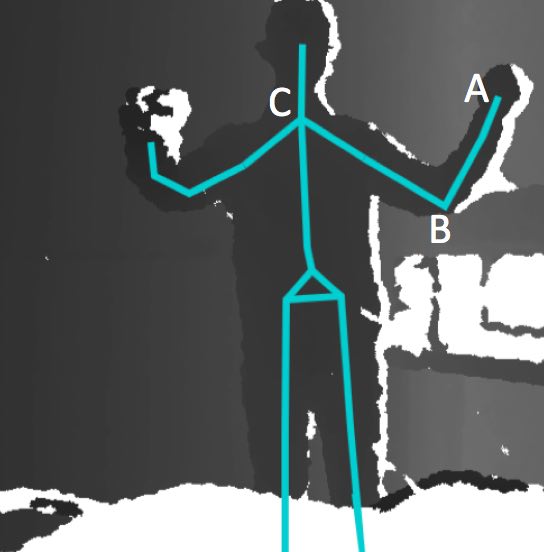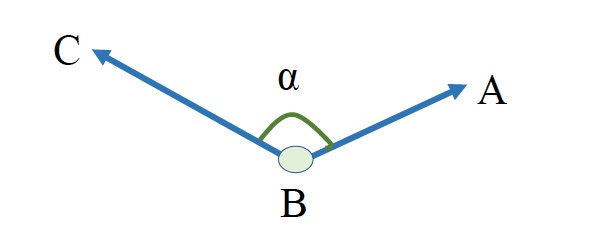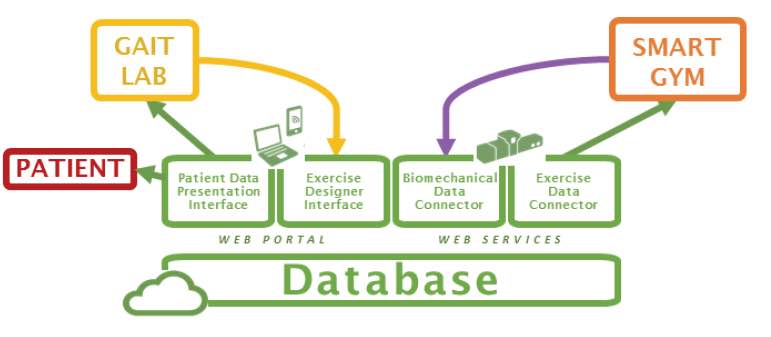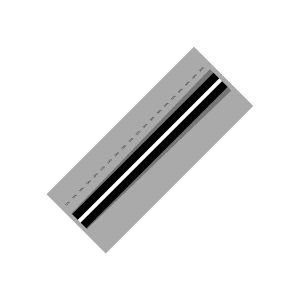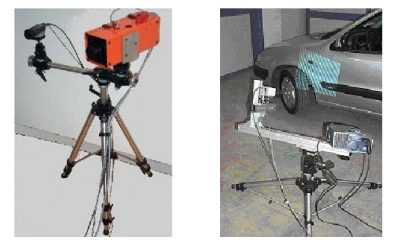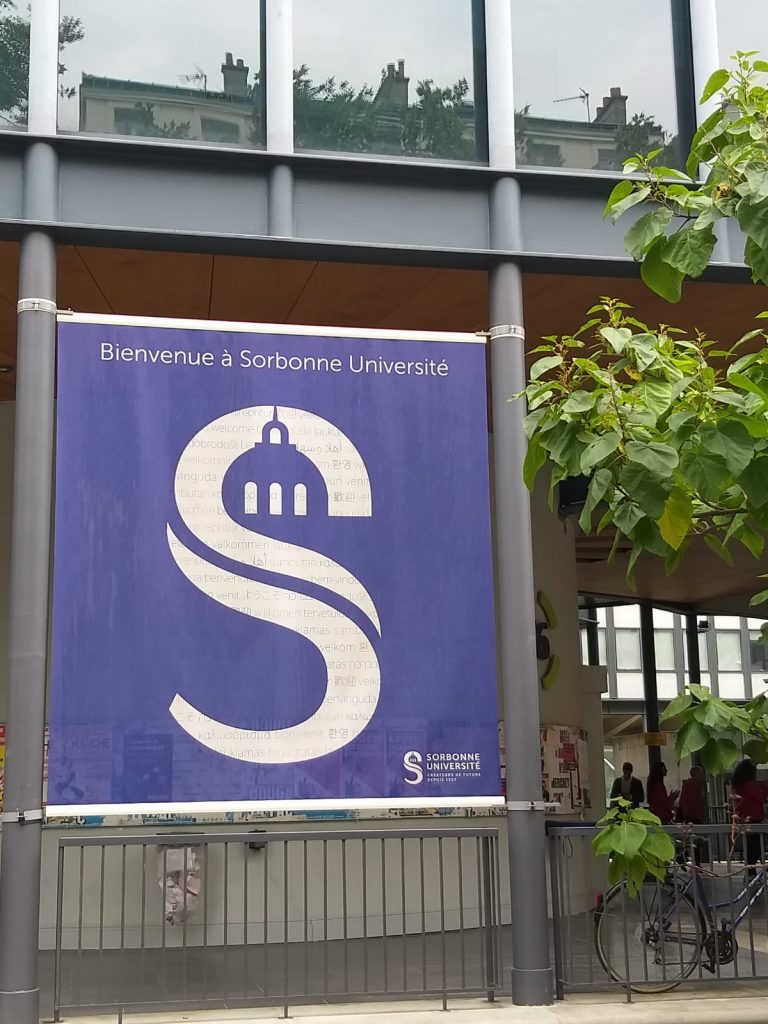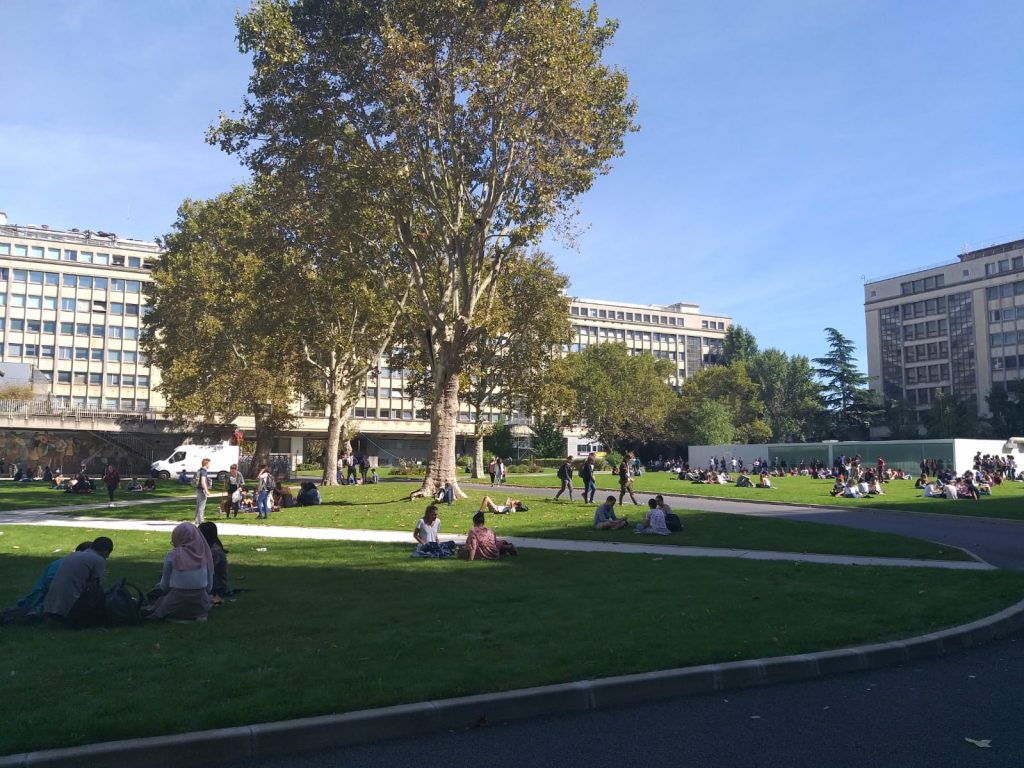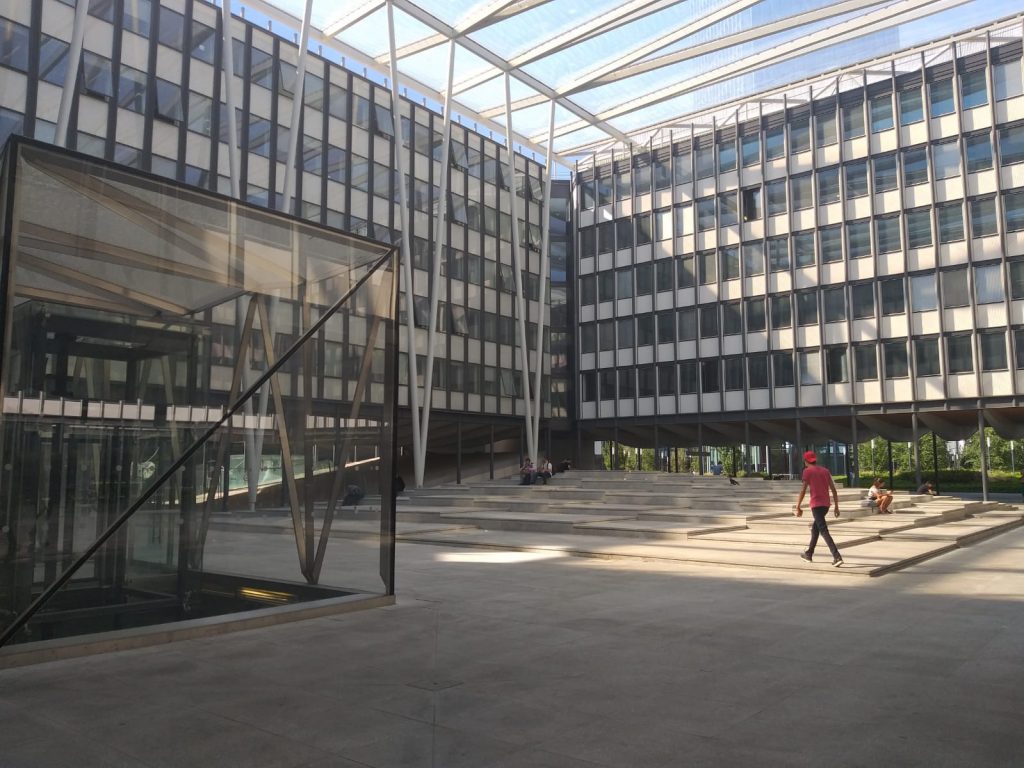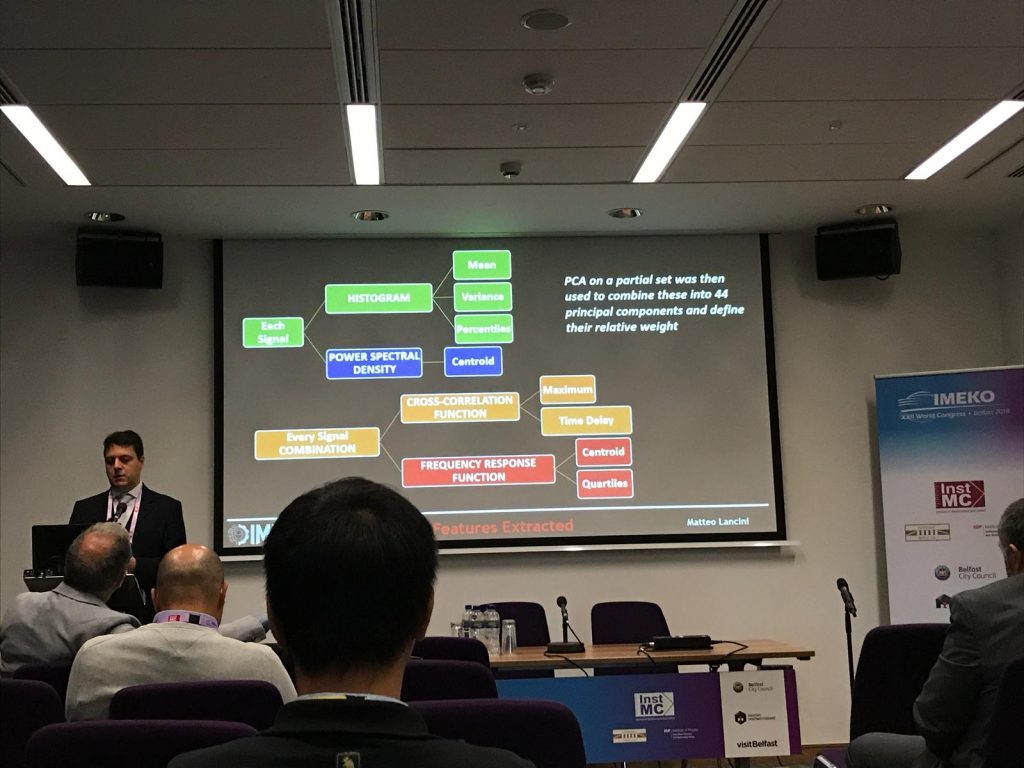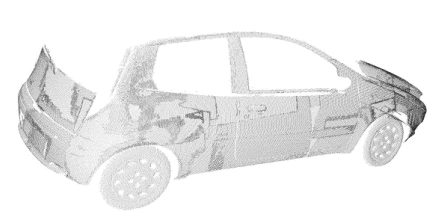
The Vis4Mechs group, as usual, participated at the annual national meeting of electrical and electronics measurments and mechanical and thermal measurments, the GMEE-GMMT Forum which was held in Perugia this year.
The group presented the following works:
Validazione di algoritmi di calibrazione estrinseca basati su skeletonization del corpo umano – Presentation by Ing. Simone Pasinetti (GMMT)
Misura delle fasi del passo tramite algoritmi di Machine Learning durante camminate in esterna assistite da esoscheletro – Poster presentation
Ing. Simone Pasinetti had also the honor to present the work carried out in collaboration with the University of Trento, in loving memory of Alberto Fornaser:
Gait phase classification using the Sigma-Z Random Forest classifier – Presentation by Ing. Simone Pasinetti (joint session GMEE-GMMT)
Our joint Laboratory of Mechanical and Thermal Measurments also presented the following works:
Measurments in support of exoskeleton assisted walking: the EUROBENCH BULLET Project – Presentation by Prof. Matteo Lancini (GMMT)
Development of a measuring system for clay target shooting discipline – Presented by Ing. Massimiliano Micheli (GMMT)











